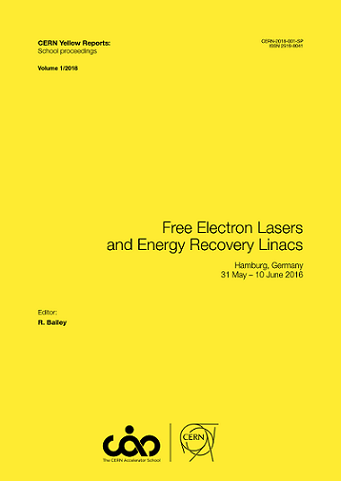Coherence Properties of the Radiation from X-ray Free Electron Lasers
DOI:
https://doi.org/10.23730/CYRSP-2018-001.539Keywords:
Free electron laser, X-ray laser, self-amplified spontaneous emission FEL, SASE FEL, statistics, fluctuations, coherence, temporal coherence, spatial coherence, harmonics.Abstract
A description of the statistical and coherence properties of the radiation from X-ray free electron lasers is one of the most complicated topics in free electron laser physics. Results of studies in this field are distributed over many papers published during the past three decades. We have made an attempt to put together all knowledge on the subject available to date. We avoid complicated mathematical derivations, and put the main emphasis on physical features and final results. Free electron laser theory has reached mature status, making it possible to present final results in an elegant form. Application of similarity techniques to the results of numerical simulations allowed us to derive universal scaling relations for the main characteristics of an X-ray free electron laser operating in the saturation regime: efficiency, coherence time, degree of transverse coherence, and pointing stability of the radiation. Statistical and coherence properties of the higher harmonics of the radiation are highlighted as well.
Downloads
Published
Issue
Section
License
Authors who publish with this publication agree to the following terms:
- CERN retains copyright and publishes the work licensed under the Creative Commons Attribution License 4.0 that allows others to share the work with an acknowledgement of the work's authorship and initial publication in this series.
- Authors are able to enter into separate, additional contractual arrangements for distribution of the published version of the work (e.g., post it to an institutional repository or publish it in a book), with an acknowledgement of its initial publication in this series.
- Authors are permitted and encouraged to post their work online (e.g., in institutional repositories or on their website) prior to and during the submission process, as it can lead to productive exchanges, as well as earlier and greater citation of published work (See The Effect of Open Access).

